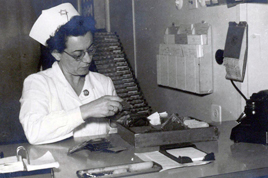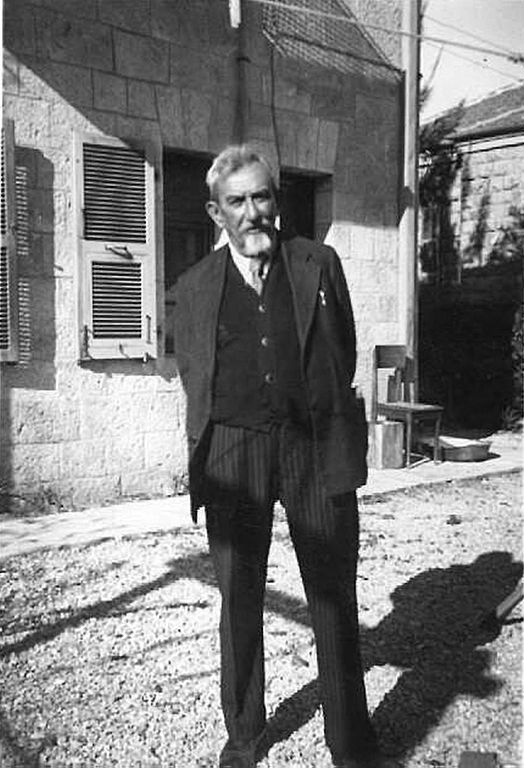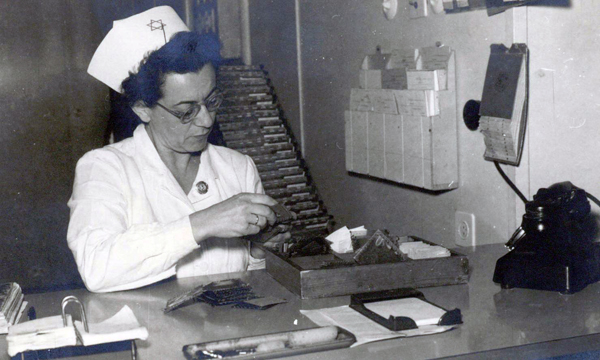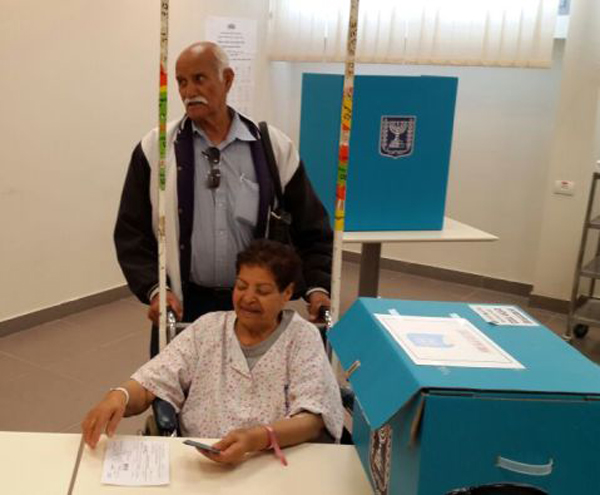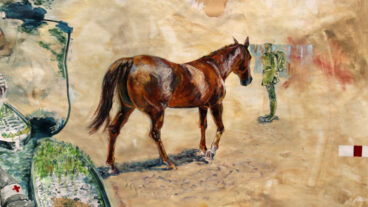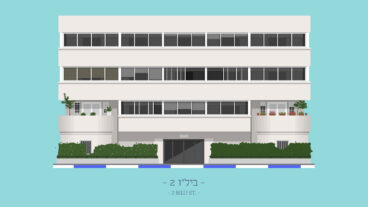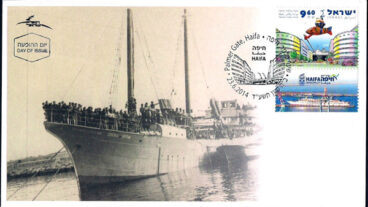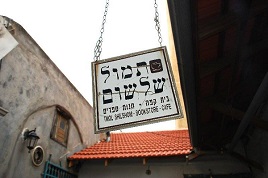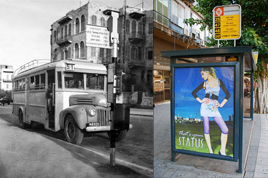For over one hundred years, ever since the end of the 19-century, medical services have been provided in the region half-way between Haifa and Tel Aviv, with all credit due to the pioneering Dr. Hillel Yaffe.
Yaffe was born in 1864 in the village of Ristovka, Ukraine. He was sent to study in the Gymnasium in the city of Radiansk and then moved to Geneva to study medicine. He completed his studies in 1899. Yaffe went on to specialize in ophthalmology in Paris — he intended to immigrate to the Land of Israel and there was a high incidence of trachoma in the Yishuv.
In 1891, Yaffe immigrated to Israel, then Palestine. In 1893, he was invited by Baron Rothschild’s appointed authorities to serve as physician and director of a hospital in Zichron Yaacov, to treat the exceptionally large number of malaria patients in the communities of Hadera and Atlit.
As one of the first malaria researchers in Israel, Yaffe used his influence to plant a eucalyptus forest in the swamps of Hadera to dry them out and began spraying the swamp lands with oil to prevent the incubation of the mosquitoes. Yaffe also introduced systematic treatment with the drug quinine to prevent malaria.
In 1896, Yaffe moved his family to Jaffa after being appointed by Hovevei Zion organization as their representative in the Land of Israel.
In 1904, Yaffe returned to work as a doctor in Zichron Yaacov, expanding and transforming the local hospital into a medical center for the Galilee region and a center to eradicate malaria. He also assisted the pioneers of the Second Aliyah who wandered about as workers in the Baron’s communities. He initiated a mutual responsibility fund to fight disease and epidemics, laying the groundwork for the concept of establishing an HMO based on mutual assistance.
Yaffe wrote scientific papers on the fight to eradicate malaria, trachoma and particularly babesiosis and was invited to lecture at the Pasteur Institute in Paris as well as at various medical conferences in Europe. By the end of 1919, Yaffe moved from Zichron Yaacov to Haifa, where he continued to research malaria while also working as the school physician in the Reali High School. During this period, he published 25 scientific papers, 11 of which focused on malaria and malaria eradication.
Sadly, Yaffe died in 1936 without witnessing his dream – the establishment of the State of Israel. In his will, Yaffe asked to be buried in Zichron Yaacov.
In 1957, following the establishment of The State of Israel and the mass immigration of the initial years, several simple wooden shacks were erected on the coastal dunes near Hadera, and served as the governmental hospital for the region. It seemed most natural to name the hospital in honor of the diligent, pioneering physician: Dr. Hillel Yaffe.
In the course of time, as the area developed and its population increased, the hospital also developed and expanded and in 1980, a modern central in-patient facility was opened.
Today, the Hillel Yaffe Medical Center serves a population of approximately 400,000 inhabitants – from Zichron Ya’akov in the north to Netanya in the south and from the sea coast on the west to Um el-Fahem and the Green Line in the east. The patient population of the hospital is highly varied, representing the full range of Israel’s population: the urban population and people from the rural settlements, veteran residents as well as new immigrants, Jews and Arabs, farmers, industrial workers and service-sector employees.
The hospital also serves as a polling station. Last week, on Election Day, about 350 people exercised their right to vote – patients and staff members who for various reasons had to be at the medical center and could not cast their votes at the polling station near their homes. Enabling participation in the democratic system of a vibrant State of Israel seems another fitting testament to this enterprising man, researcher, physician, Zionist and visionary.




